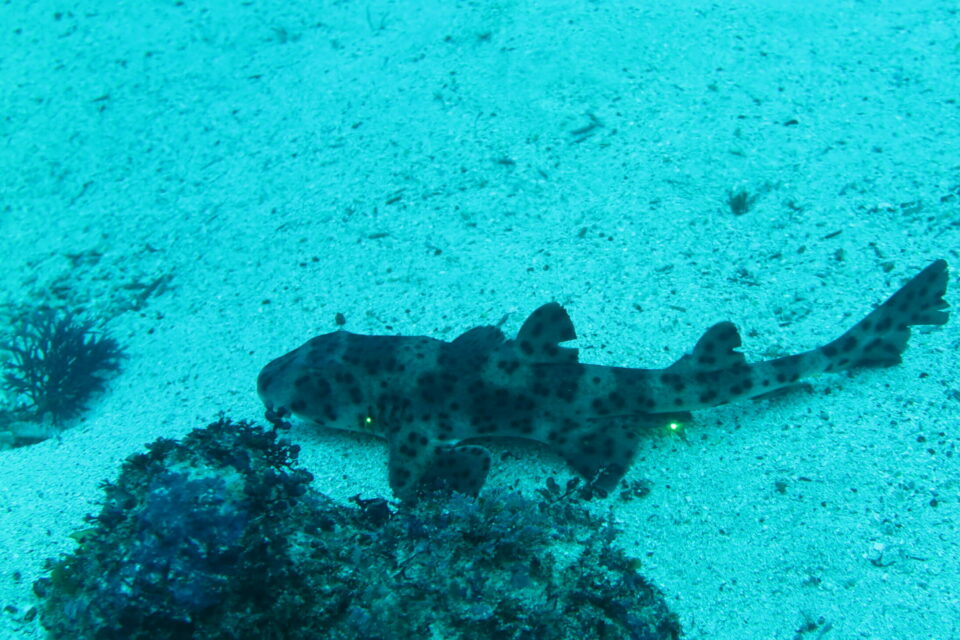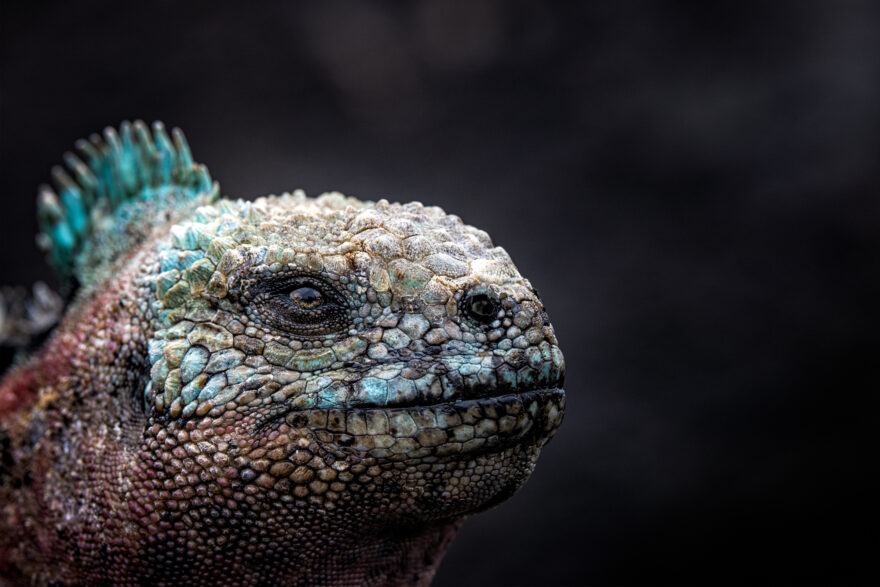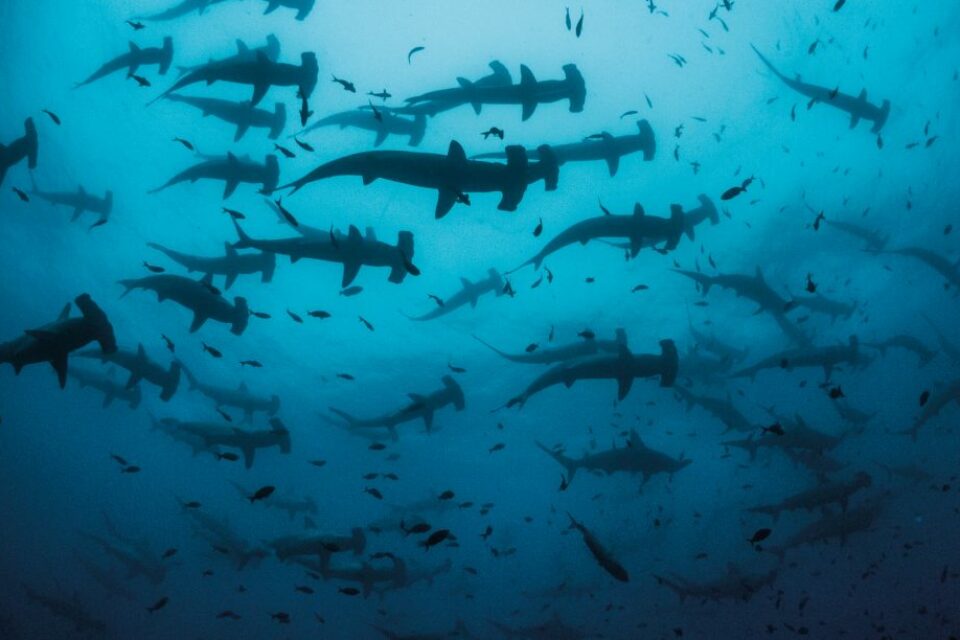

2015 Galapagos Symposium: Marine Conservation
The Galapagos Marine Reserve hosts an amazing diversity of marine wildlife including Galapagos penguins, whale sharks and marine iguanas.
Through the Galapagos Future Fund we’re supporting projects that increase our understanding of these species and contribute to the successful management of the marine reserve.
Marine Conservation
At the 2015 Galapagos Symposium, Alex Hearn from the Turtle Island Restoration Network spoke about the Galapagos Marine Reserve as a key site for migratory marine species in the Eastern Tropical Pacific.
The Galapagos Marine Reserve is one of a network of oceanic Marine Protected Areas (MPAs) in the Eastern Tropical Pacific Region. For the last decade, scientists throughout the region have been working together to understand the importance of these MPAs to threatened migratory marine species such as sharks and turtles.
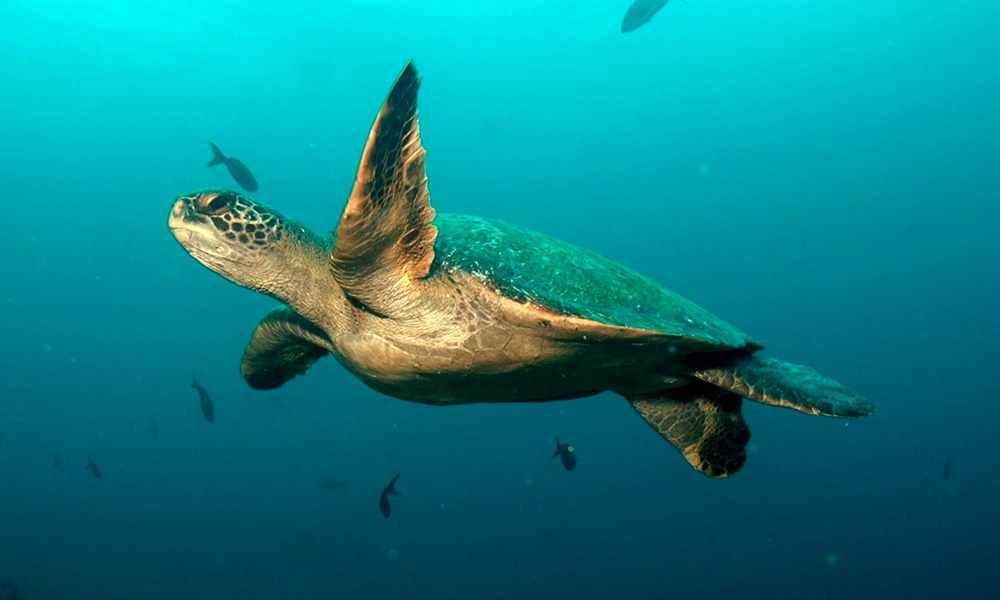
By means of a combination of acoustic and satellite tags, these species have been tracked as they migrate between the islands, and their spatial ecology is studied once they’re within the reserve. The findings of this research showed that scalloped hammerhead sharks formed seasonal aggregations at these islands yet dispersed offshore at night, presumably to feed. Galapagos sharks were more resident, while whale sharks made movements of thousands of kilometres, and spent only small periods of time at the sites.
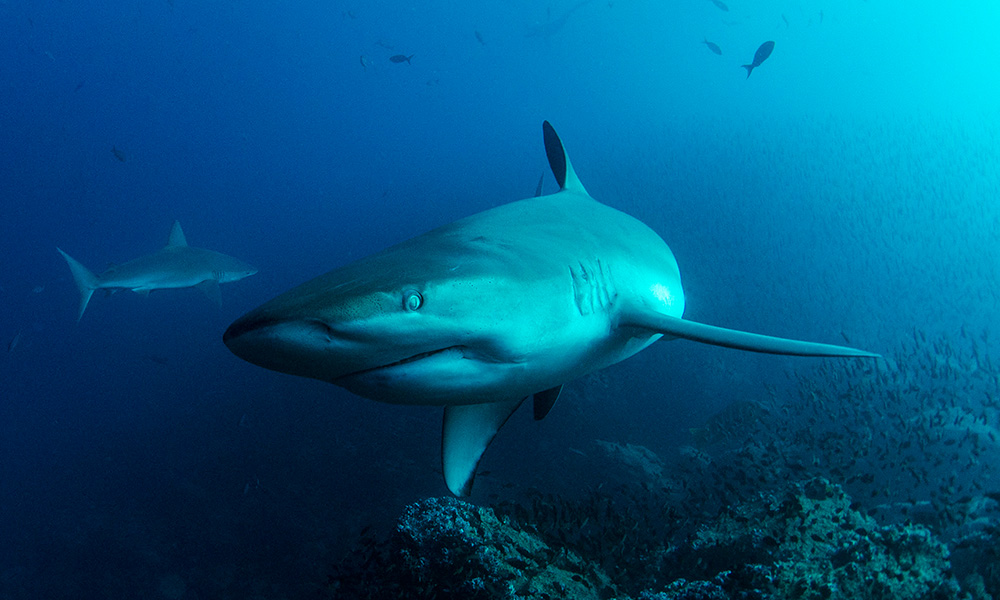
A region-wide approach to conservation of these and other migratory species must involve steps beyond the boundaries of the marine reserves. So far, Ecuador has paved the way forward by placing bans on catching and landing hammerhead sharks throughout its national waters.
The Galapagos Future Fund provides a platform to support research such as this that is essential to safeguarding the future of the unique wildlife of Galapagos. With your support, we can continue to fund projects to protect endemic species and to investigate the unknown natural wonders of the Archipelago. Please make a donation to the Galapagos Future Fund and in turn make a difference to the future of the Galapagos.
Related articles

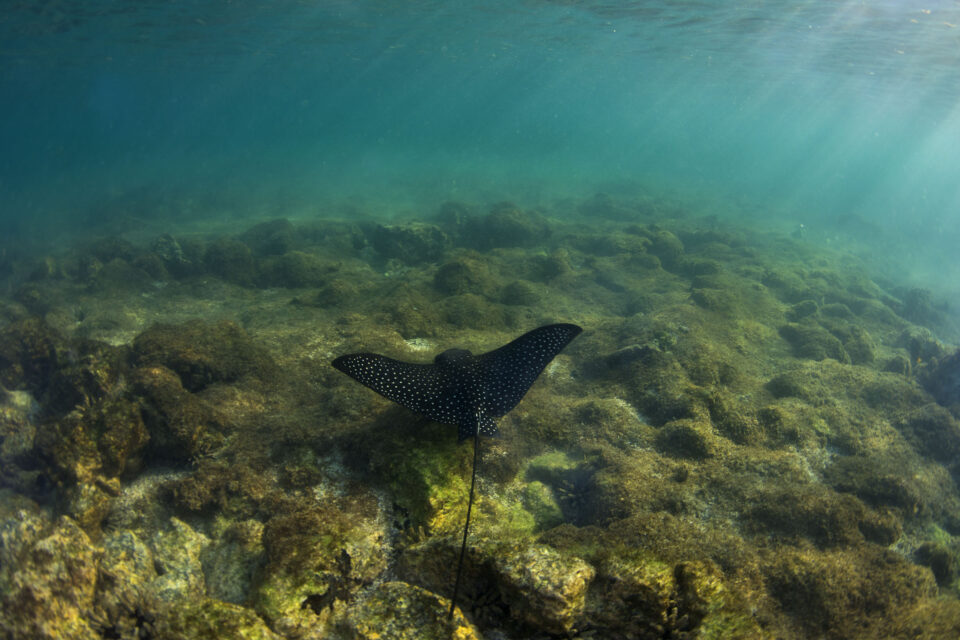
A week in the life of a female marine researcher
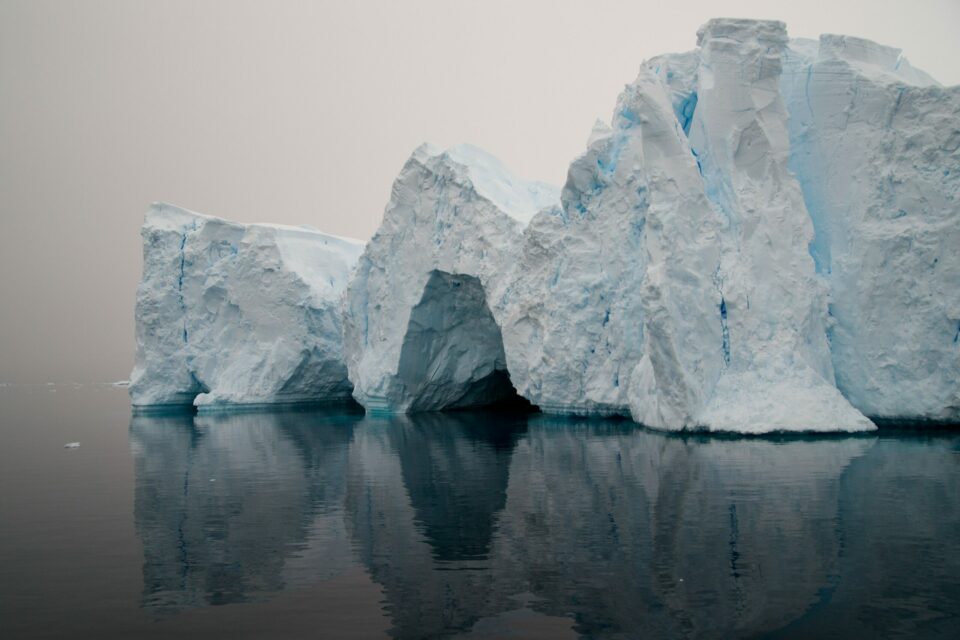
Galapagos and the Antarctic: A look beneath the surface
